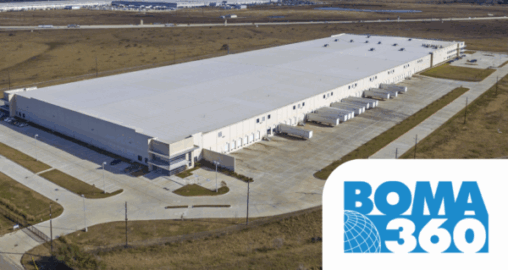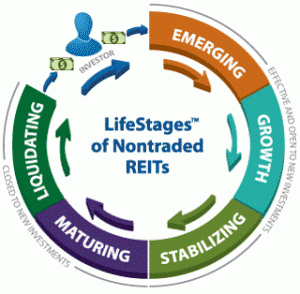Amazon’s Plan to Sublease Industrial Space May Just Be the Start
June 9, 2022 | Patricia Kirk | WealthManagement.com
Over the last decade, first-mile warehouses have evolved from traditional, 31-ft.-clear-height facilities with 500,000 to 1 million square feet into 60-foot clear-height, automated, artificial intelligence-managed behemoths of well over 3 million sq. ft. spread over three mezzanine levels.
These larger, modern facilities have become the preferred choice by Fortune 500 e-commerce retailers, from Amazon and Walmart to Best Buy and Target. The larger, tech-enabled facilities have helped mitigate labor shortages and allowed retailers to stock sufficient inventory to meet surging online customer demand, especially in a world of supply-chain uncertainties and varying delivery times.
Amazon had been especially aggressive in leasing, buying and developing warehouse space to bolster its portfolio. But then the company surprisingly announced it had too much space, and would sublet up to 30 million sq. ft. of warehouse space or renegotiate leases.
That’s raised questions about whether overall demand for industrial space may finally be cooling. But a closer look at Amazon’s plans show that it is largely looking to shed traditional, mid-market warehouses. It’s a case where they’ve upgraded to newer, better facilities and are now freeing up older stock.
And they may not be the only company looking to do that. Other Fortune 500 retailers are looking at subletting traditional warehouses they committed to long-term, because they are not in close enough proximity to customers to be used for last-mile distribution and no longer meet the needs for first-mile use, explains Kris Bjorson, international director of Industrial Brokerage at JLL. He notes that these warehouses, which were originally designed for first-mile use, are now considered mid-market because cities grew around them so they are stuck in the middle between first- and last-mile use.
Bjorson adds that any return of warehouse space to the market is a positive, especially in markets with low or no vacancy.
And even the amount of space Amazon is talking about subletting in markets like California, New Jersey and New York, where the retail giant expanded during shop-at-home peak periods amid the pandemic, will have little impact on overall market vacancy rates, notes Matt Dolly, research director for Transwestern’s Strategic Accounts Program and Industrial Real Estate.
Even at the high end, Dolly points out, 30 million sq. ft. represents less than one-quarter of one percent of the U.S. industrial real estate inventory.











